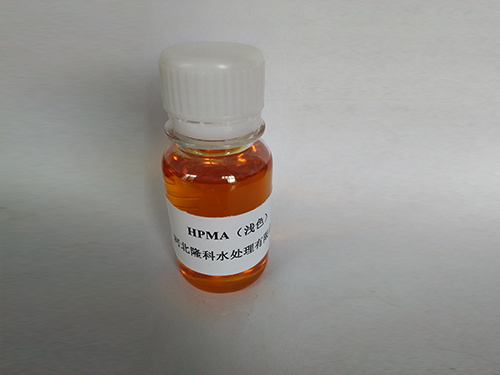poly aluminum chloride uses
Understanding the Uses of Poly Aluminum Chloride
Poly aluminum chloride (PAC) is a versatile chemical compound that serves a critical role in water treatment processes and various industrial applications. It is a coagulant, which means it helps to aggregate and settle impurities in water, making it a vital component in maintaining water quality in numerous sectors. This article will delve into the various uses of poly aluminum chloride, highlighting its importance in water treatment, paper manufacturing, and more.
Water Treatment Applications
One of the primary uses of poly aluminum chloride is in the field of water treatment. Municipalities utilize PAC in drinking water purification processes due to its effectiveness in coagulating suspended particles, organic matter, and colloidal substances. When PAC is added to water, it reacts with impurities to form larger aggregates, or flocs, which can then be easily removed through sedimentation or filtration.
The use of PAC offers several advantages over traditional coagulants like aluminum sulfate. PAC operates effectively over a wider range of pH values and can work in lower doses, which minimizes the introduction of excess aluminum into treated water. This is particularly beneficial given public health concerns associated with aluminum exposure. As a result, PAC has become the preferred choice for many water treatment facilities aiming to provide safe and clean drinking water to their communities.
Industrial Applications
Apart from water treatment, poly aluminum chloride finds numerous applications across various industries. In the paper manufacturing sector, PAC is employed as a coagulant during the pulp and paper production process. It enhances the retention of fines and fillers, which contributes to improved paper quality while also reducing the need for additional chemicals. The presence of PAC during the manufacturing process helps to ensure a uniform distribution of fibers, leading to more durable and high-quality paper products.
Furthermore, PAC is used in textile manufacturing for dyeing processes, where it acts as a mordant to ensure that dyes adhere effectively to fabrics. The ability of PAC to improve dye fixation leads to more vibrant and longer-lasting colors in textile products. This application underscores the compound's multifunctionality, demonstrating its role beyond water treatment.
poly aluminum chloride uses

Wastewater Treatment
In addition to its applications in drinking water, poly aluminum chloride is also widely utilized in the treatment of wastewater. Industries that produce effluents with high levels of suspended solids, such as food and beverage processing, pharmaceuticals, and chemical manufacturing, frequently incorporate PAC into their wastewater treatment systems. Its coagulating properties allow for the effective removal of solids and organics, thereby improving the overall quality of the treated effluent before discharge.
Moreover, by using PAC, industrial facilities can enhance the efficiency of their sludge handling processes. The formation of larger flocs facilitates easier dewatering, resulting in reduced sludge volume and associated disposal costs. This not only improves operational efficiency but also contributes to sustainable practices by minimizing waste generation.
Benefits and Environmental Impact
The advantages of poly aluminum chloride extend beyond its effectiveness as a coagulant. Its usage often leads to cost savings in water treatment processes due to lower chemical dosage requirements and reduced sludge production. Additionally, PAC is recognized for its relatively lower environmental impact when compared to other aluminum-based coagulants, making it a more sustainable choice for modern water treatment facilities.
Moreover, ongoing research into the environmental effects of PAC usage has shown that, when applied correctly, it poses minimal risks to aquatic ecosystems. This is crucial in today's world, where environmental considerations are paramount in industrial operations.
Conclusion
In conclusion, poly aluminum chloride is a multifaceted compound with critical applications in water treatment, paper manufacturing, textile processing, and wastewater management. Its coagulating properties make it an essential tool in producing clean water and high-quality industrial products. As industries continue to innovate and seek more efficient, sustainable solutions, PAC will likely remain at the forefront of various applications, contributing to improved processes and environmental stewardship. Understanding the benefits and applications of poly aluminum chloride is essential for professionals in related fields, ensuring informed decisions that prioritize both efficiency and safety.
-
Water Treatment with Flocculant Water TreatmentNewsJun.12,2025
-
Polymaleic AnhydrideNewsJun.12,2025
-
Polyaspartic AcidNewsJun.12,2025
-
Enhance Industrial Processes with IsothiazolinonesNewsJun.12,2025
-
Enhance Industrial Processes with PBTCA SolutionsNewsJun.12,2025
-
Dodecyldimethylbenzylammonium Chloride SolutionsNewsJun.12,2025





